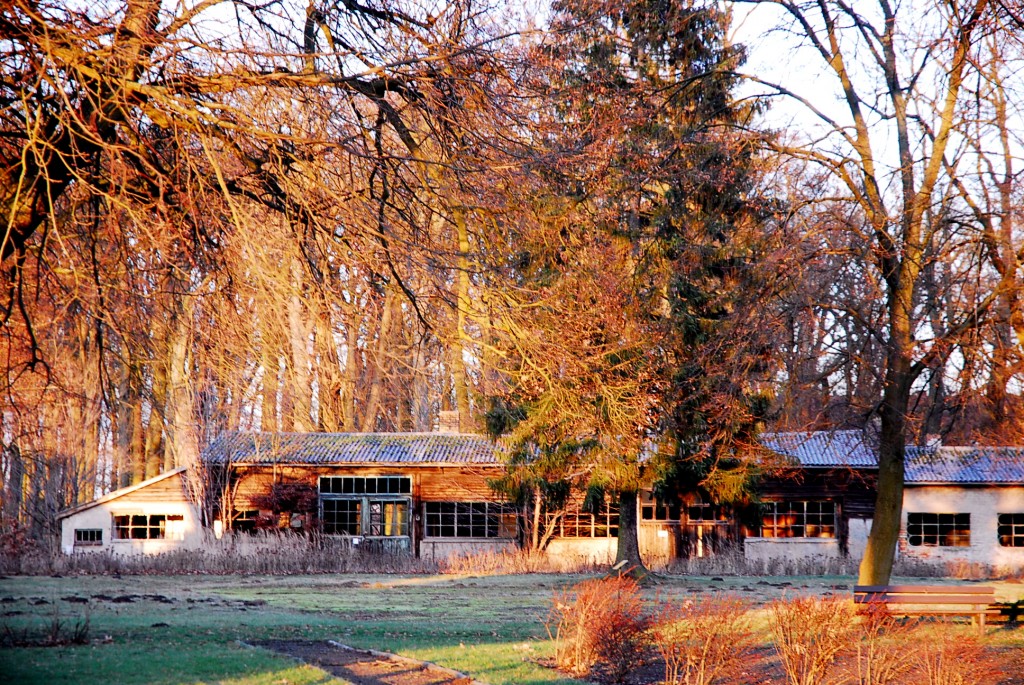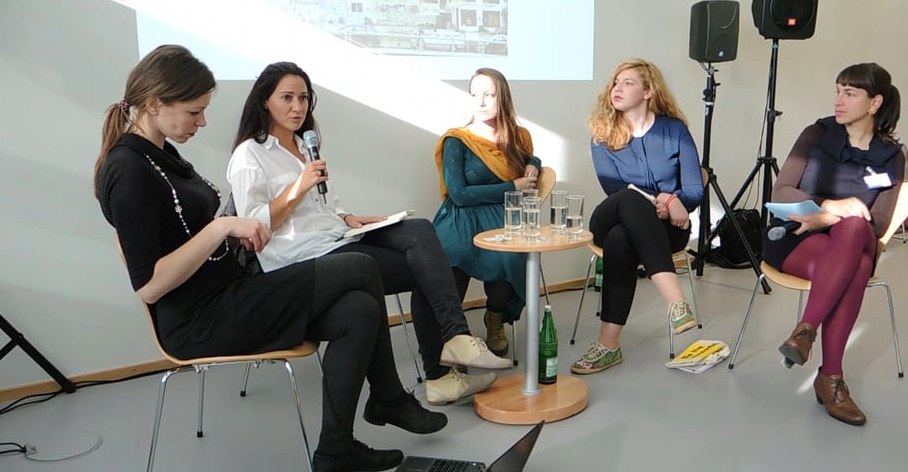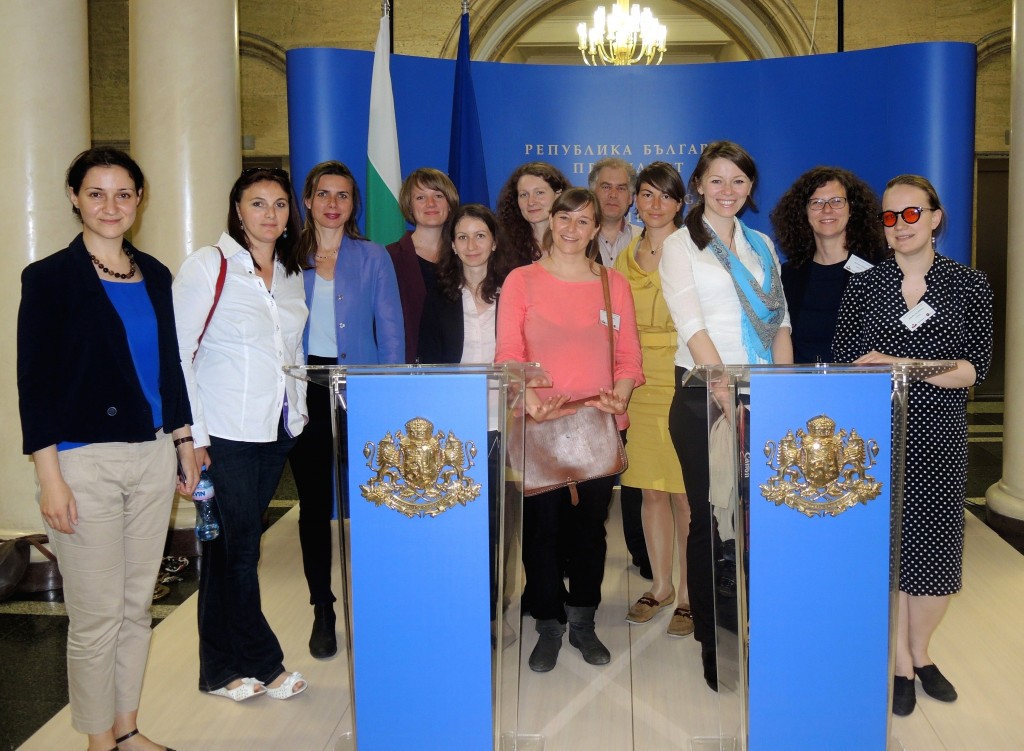Who is the Generation of transition?
The Third Generation[1] of East Germany
The Third Generation of East Germany is described as those who were born between 1975 and 1985 in East Germany. It involves about 2.4 million young people who can be considered as a generation due to their cohort membership and by a similarly stored imprint of the experience of 1989 and the subsequent upheaval. They were socialist within two systems the socials and the capitalist and migrated in large numbers from their regions of origin. Being characterised by a very high mobility these people in the age between 29 and 39 are missing in the cities and villages in East Germany as active members of the society.
Aging and migration are influential facts for a long-term economic development also in the context of cultural offerings and active citizenship. Fewer people also mean lower cultural and social offers for this target group and vice versa. But not just this vicious circle is to be feared. Young, well-educated people are often carriers of innovation, company formation and socio-political commitment. After the social and political transformation, followed by a process of deindustrialisation and a very high mobility of young people, the working shortage and demographic change is having an impact on the development of communities in East Germany. Young person leaving there home regions for educational reasons or job opportunities. Like all brain drain regions, East Germany is loosing their high potentials to the big cities. Young people are seen as the future for regional development not only as the parents of the next generation but foremost as innovative agents of changes.
This Generation is for two reasons of particular interest in the discussion of development and change in East Germany:
– First they have explicit and implicit skills and qualifications of economical and social interest and a different view on transition as an on-going process. Having seen their parents struggling with the new institutions and structures after the revolution of 1989/90 this generation experienced as well the open borders of Europe.
– Secondly this Generation is supposed to have a latent sense of place and the crucial difference when it comes to analysing their potentials of being drivers of change in the social, political and economic transition in Germany and Europe. Being mainly educated in the western German system this generation has still to deal with the state of their hometowns in East Germany and the current possibility of development their.
The people and institutions in East Germany have to deal with many challenges of unemployment and a de-industrialised future. At the same time there are on a personal level feelings of lethargy and a lack of solidarity and empathy among the people. In the communities a people driven community-oriented local perspective for development is missed. On an institutional level the challenges are an aging infrastructure combined with a low level of funds.
Looking on this challenges it is easy to find similarities within the other post-socialist countries in Eastern Europe. Therefore it would have a greater potential to see East Germany as part of a global transition. But asking the question who could be the generation of transition in Croatia, Ukraine, Bulgaria, Czech Republic, Russia, Rumania and Bosnia-Herzegovina for example isn´t easy to compare with the so called third Generation of East Germany. But it is a very interesting task to ask. Because as a qualitative study on this Generation in Germany pointed out: This generation “this generation is suitable as agents for innovative change or as a kind of ‘filler’ in the rural areas where they come from”. The study concludes that they have a very high potential to initiate new developments. But “this generation doesn’t know this, they don’t know about their own potentials” (Enders/Schulze 2014). And the tasks is to initiate processes of learning – individual and institutional: (1) to initiate a change of image and identity of ‘the East’ while gathering knowledge about innovative and new developments and reflecting the special history and (2) to demonstrate the potential and connecting facilities for people, by developing creative “brain drain-back-concepts” by identifying and communicating good practice projects.
[1]The initiative “3rd Generation of East Germany”, founded in 2010 in Berlin is focused on the generation born between 1975 and 1985 in East Germany. One goal for a network between this people of a special generation is to gather potential of engagement and to support local development: In the first place to make the engagement of people in eastern areas visible and on the second place to learn from each other and to engage others. Many projects in this direction were done like conferences, scientific debates and workshops.
Mandy Schulze, Perspektive3 e.V.




